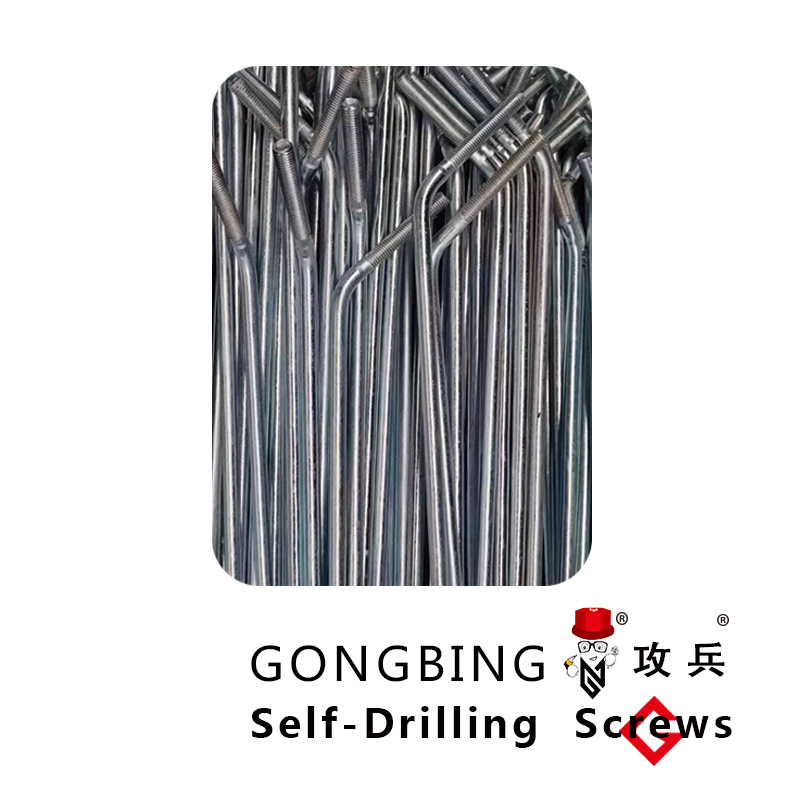Enhancing Stability of Steel Roof Truss Systems Through Effective Bracing Techniques
Steel Roof Truss Bracing An Essential Component in Structural Integrity
In modern construction, the stability and durability of structures are paramount. One crucial element that aids in maintaining the integrity of a building's framework is bracing, particularly in steel roof trusses. Steel roof trusses are widely used due to their strength, flexibility, and lightweight properties, making them ideal for supporting large spans in commercial and residential buildings. However, without proper bracing, these trusses may be vulnerable to various stresses, leading to potential structural failures.
The Importance of Bracing
Bracing in steel roof trusses serves several vital functions. Primarily, it enhances the stability of the trusses by preventing lateral movement or deformation under load. When weight or stress is applied to a roof, especially from wind or snow, the trusses can experience forces that may cause them to sway or twist. Bracing helps to distribute these forces evenly across the structure, ensuring that no single component is overwhelmed.
Moreover, bracing is crucial for resisting torsional forces that can occur during events like earthquakes or strong winds. Specifically designed brace members, commonly shaped like X or V, create diagonal support within the truss system. This design helps to maintain the geometric configuration of the trusses, thereby preserving their load-bearing capacity.
Types of Bracing Systems
There are various bracing systems used in steel roof trusses, each suited to different structural needs
. The most commonly employed types include1. Cross Bracing Comprising diagonal members that form an X within the truss, cross bracing is effective in providing both tension and compression support. It is commonly used in both light and heavy structures for enhanced stability.
steel roof truss bracing

2. K-Bracing This configuration employs diagonal braces that connect the top chord to the bottom chord of the truss, forming a K shape. K-bracing is particularly useful in situations where space is limited and offers excellent resistance to lateral loads.
3. Chevron Bracing This system utilizes diagonal braces that resemble a V shape. Chevron bracing is advantageous in larger spans as it can help reduce the overall weight of the structure while still providing essential support.
4. Braced Frames In some cases, entire frames of a building may use bracing as a primary method of support. This approach integrates bracing directly into the design of the frame, ensuring that loads are efficiently transferred through the structure.
Material Considerations
Steel, the primary material used in trussing and bracing, is favored for its high strength-to-weight ratio and durability. Engineers often select specific grades of steel to ensure that the bracing can withstand the environmental factors and load requirements unique to each project. Additionally, the use of corrosion-resistant coatings can prolong the lifespan of the bracing components, reducing maintenance costs over time.
Conclusion
In conclusion, the role of bracing in steel roof trusses is indispensable in ensuring structural integrity and safety. By providing essential resistance to various forces and enhancing stability, bracing protects not just the trusses themselves, but the entire building they support. As architectural designs continue to evolve, incorporating innovative bracing solutions will remain critical in delivering robust and safe structures. Proper consideration of bracing systems during the design phase can lead to enhanced performance and longevity of the buildings, ensuring they stand the test of time and environmental stresses.
-
Wedge Anchor Bolts: Secure Fastening SolutionsНовиниAug.05,2025
-
Insulation Fixings: Secure and Durable SolutionsНовиниAug.05,2025
-
Full Threaded Studs: Versatile Fastening SolutionsНовиниAug.05,2025
-
Expanding Fasteners: Secure and Reliable SolutionsНовиниAug.05,2025
-
Butterfly Toggle Anchors: Secure and Easy to UseНовиниAug.05,2025
-
Bracing Solutions for Steel StructuresНовиниAug.05,2025
